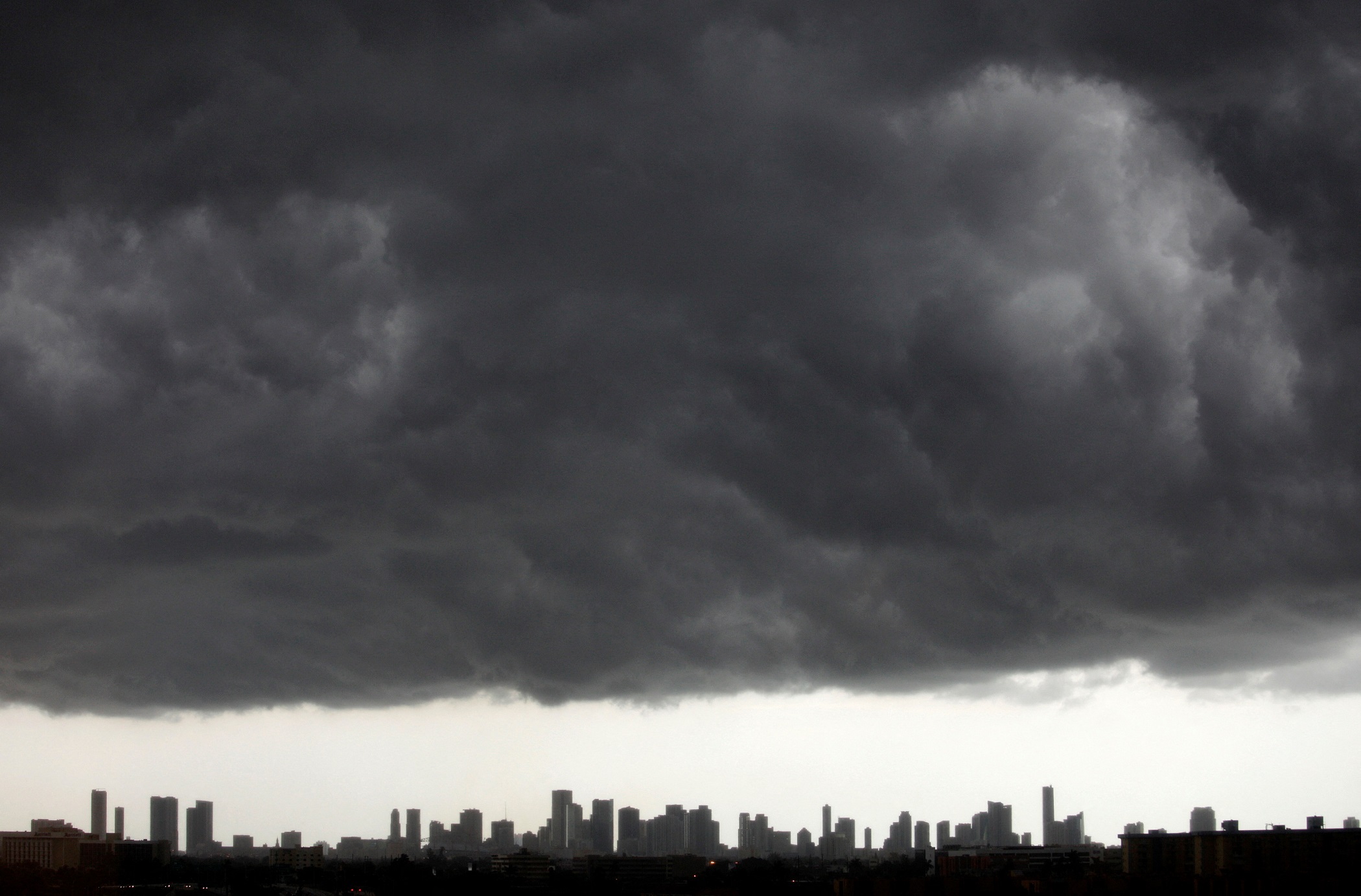
You may not have noticed, but last month we passed Earth overshoot day, when humanity’s demands for ecological resources and services exceeded what our planet can regenerate annually.
Many economists criticising the developing degrowth movement fail to appreciate this critical point of Earth’s biophysical limits.
Ecologists on the other hand see the human economy as a subset of the biosphere. Their perspective highlights the urgency with which we need to reduce our demands on the biosphere to avoid a disastrous ecological collapse, with consequences for us and all other species.
Many degrowth scholars (as well as critics) focus on features of capitalism as the cause of this ecological overshoot. But while capitalism may be problematic, many civilisations destroyed ecosystems to the point of collapse long before it became our dominant economic model.
Capitalism, powered by the availability of cheap and abundant fossil energy, has indeed resulted in unprecedented and global biosphere disruption. But the direct cause remains the excessive volume and speed with which resources are extracted and wastes returned to the environment.
From an ecologist’s perspective, degrowth is inevitable on our current trajectory.
CARRYING CAPACITY
Ecology tells us that many species overshoot their environment’s carrying capacity if they have temporary access to an unusually high level of resources. Overshoot declines when those resources return to more stable levels. This often involves large-scale starvation and die-offs as populations adjust.
Access to fossil fuels has allowed us to temporarily overshoot biophysical limits. This lifted our population and demands on the biosphere past the level it can safely absorb. Barring a planned reduction of those biosphere demands, we will experience the same "adjustments" as other species.
One advantage humans have over other species is that we understand overshoot dynamics and can plan how we adjust. This is what the degrowth movement is attempting to do.
To grasp the necessity of reducing ecological overshoot we must understand its current status. We can do this by examining a variety of empirical studies.
MATERIAL FLOWS AND PLANETARY BOUNDARIES
Analysis of material flows in the economy shows we are extracting more than 100 billion tons of natural materials annually, and rising. This greatly exceeds natural processes — erosion, volcanic eruptions and earthquakes — that move materials around the globe.
Such massive human-driven material flows can destroy ecosystems, cause pollution and drive species extinct.
Only about 10% of these resource flows are potentially renewable. In many cases, we are harvesting more than can be regenerated annually (for example, many fish stocks).

Both material flow analysis and planetary boundaries provide critically important information about our impacts on the biosphere. But they fail to capture the full picture. The former doesn’t directly measure biosphere functioning. The latter doesn’t capture inter-dependencies between various boundaries.
The biosphere is a holistic entity, with many self-organising and interconnected subsystems. Our generally reductionist scientific methodologies are not able to capture this level of complexity. The methodology that comes closest to achieving this is the ecological footprint.
BIOCAPACITY
The ecological footprint measures the amount of productive surface on Earth and its capacity to generate resources and assimilate waste. These are two of the most fundamental features of the biosphere.
It then compares this available biocapacity with humanity’s annual demands. Humanity’s ecological footprint has exceeded the biosphere’s annual biocapacity since at least 1970 and is currently almost twice the sustainable level.
The reason we can use more of what is generated annually is because we use stored biomass — ancient solar energy captured over millennia — to power this draw-down.
We must note that the ecological footprint is an acknowledged underestimate of our demands on the biosphere. Also, the biosphere isn’t there only for us. At least 30-50% of the biosphere should be reserved as wilderness to protect other species and global ecosystems.
Humanity exceeds its fair share of natural resources by more than 50%, and likely needs to reduce this demand by 70-80% to operate within carrying capacity. Those with greater wealth are responsible for a disproportionately large share of overshoot.
IT’S NOT JUST A CLIMATE CRISIS
The political and public concern about climate change is considerable internationally and in New Zealand. But this is one of many environmental crises, together with soil erosion, groundwater pollution, deforestation, the rise of invasive species, biodiversity loss, ocean acidification and the depletion of resources. They are all symptoms of overshoot.
The climate crisis is seen as a problem requiring a solution rather than a symptom of overshoot. The problem is generally formulated as looking for a way to maintain current lifestyles in the wealthy world, rather than reducing overshoot.
The ecological perspective accepts that we exceed biophysical boundaries and emphasises the importance of reducing energy and material consumption — regardless of how the energy is provided.
The scope of human disruption of the biosphere is now global. This ecological perspective highlights the current magnitude and closeness of significant and unwelcome changes to Earth systems. The reduction of humanity’s demands on the biosphere is an overriding priority.
Ecological economics, with its emphasis on a steady-state economy, is perhaps the most rigorous existing economic framework with specific proposals for determining priority actions.
Mike Joy is a senior researcher at the Institute for Governance and Policy Studies, Te Herenga Waka — Victoria University of Wellington.












